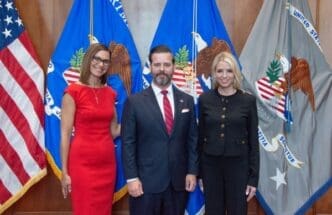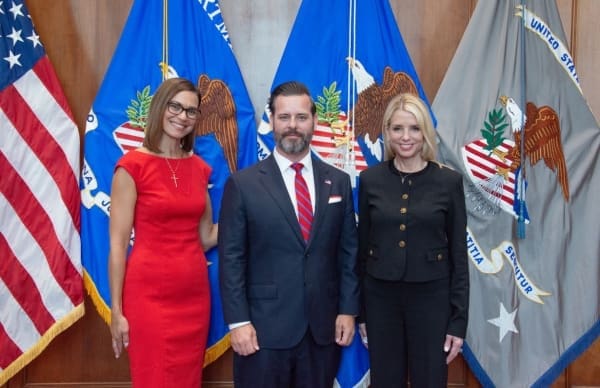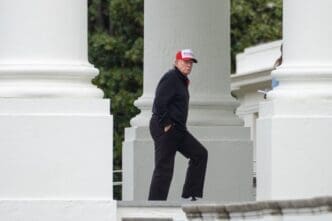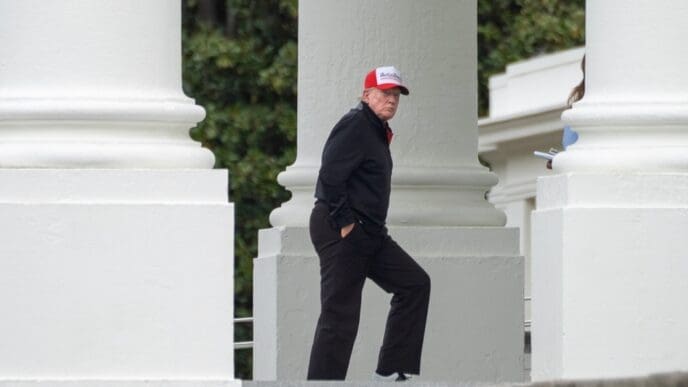The ongoing confrontation between the Trump administration and Harvard University highlights the tension between politics and significant financial stakes. This situation, however, tends to overshadow the longstanding collaboration between the U.S. government and the nation’s leading universities, a relationship established during World War II. Over eight decades, this partnership has been cherished by academic leaders and politicians across party lines as a model for American innovation and discovery.
Recently, the administration froze over $2 billion in multi-year grants and contracts to Harvard following the university’s refusal to restrict activism on campus. This financial move underscores the deep-rooted connection that began in the early 1940s, when the U.S. government initiated partnerships with major state and private institutions to advance scientific and technological research, while also fostering new generations of researchers. This collaboration resulted in wartime technological breakthroughs, including radar development at MIT and, later, the emergence of tech giants like Google at Stanford University.
The Trump administration is now attempting what many predecessors have avoided: imposing ideology on a partnership traditionally balancing accountability with independence. There is public concern over the use of taxpayer money for institutions perceived as centers of indoctrination and illegal activities. Historically, this partnership enjoyed bipartisan support, but current actions suggest a shift in this dynamic, as observed in similar funding freezes at other prominent universities like Columbia and Johns Hopkins.
The financial dimensions of this partnership may surprise those familiar with universities primarily as centers of education. Originally, research universities depended largely on private funding. However, as the U.S. prepared for World War II, a collaboration between government and academia was proposed to harness defense research. This led to significant advances, including the development of nuclear weapons and, post-war, the expansion of research partnerships to secure national security and economic growth. Federal funding remained limited until the 1957 launch of the Soviet satellite, which spurred increased financial support for university research.
Tension inherently exists within the government-university partnership. Federal officials prioritize and fund specific projects, while universities maintain autonomy over research endeavors. This relationship allows universities to receive around 90 percent of all federal research funds, totaling $59.6 billion in 2023. Johns Hopkins leads as the largest beneficiary, with $3.3 billion in federal support, while other major institutions like the University of Washington and Harvard also receive substantial funding.
Despite established guardrails to protect this partnership, recent moves by the Trump administration to close agencies and enforce policy changes threaten this balance. The administration’s actions, driven by attempts to alter diversity policies and protest management on campuses, have led to significant funding cuts. This jeopardizes resources for financial aid and, more critically, academic freedom.
The Bottom Line
The current situation between the Trump administration and major universities like Harvard signals a shift in the historic relationship between government and higher education institutions. The financial and ideological pressures resulting from recent actions could have lasting effects on universities’ capacities to conduct independent research and provide financial aid. This may prompt a reevaluation of the balance between governmental oversight and academic freedom, potentially reshaping the landscape of American innovation and discovery. For students, educators, and researchers, the implications could range from reduced funding opportunities to increased scrutiny on campus activities, altering the traditional role of universities in society.










